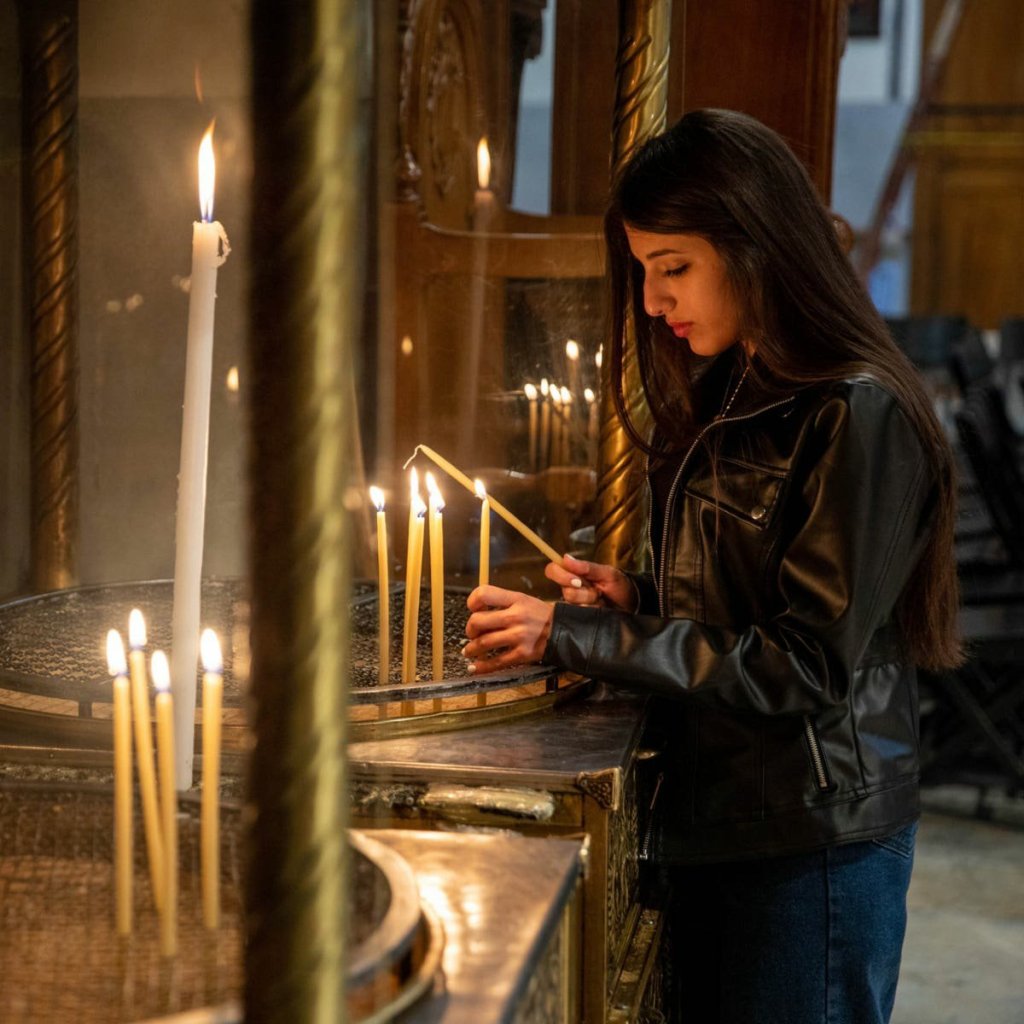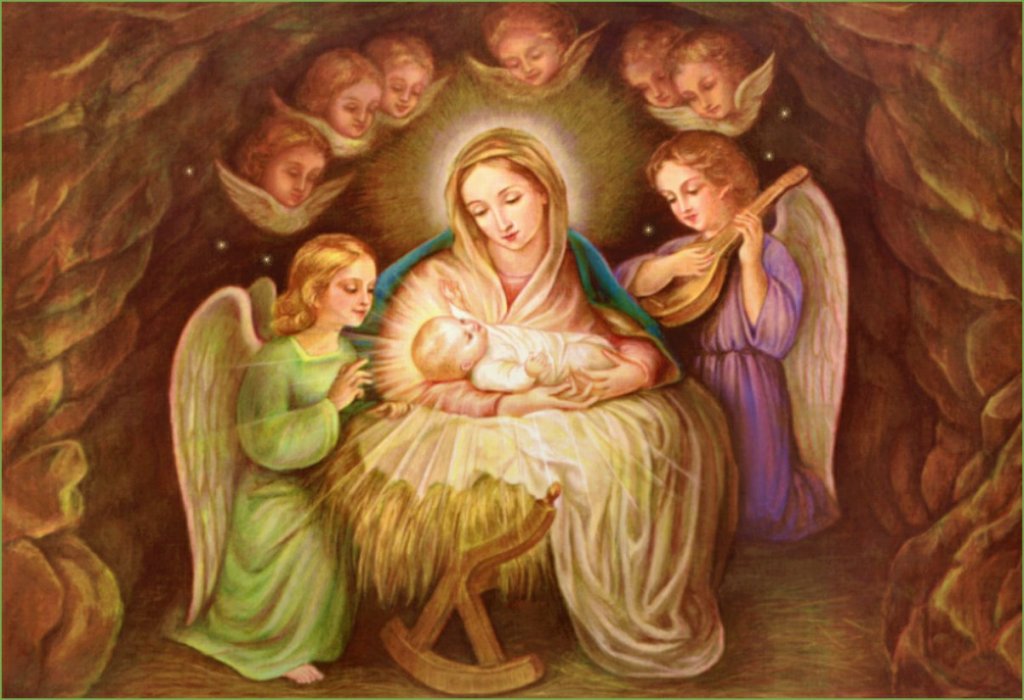“The Order of the Parts of the universe to each other exists in virtue of the Order of the Whole universe to God.” — St. Thomas Aquinas, C.G.1,83
By Malcom Muggeridge
First Lux!
“From its triumphant opening:
In the beginning was the Word,
and the Word was with God,
and the Word was God,”
to its beautiful and comforting conclusion:
“And the Word was made flesh, and dwelt among us. . . full of grace and truth,”
it conveys with perfect clarity why the Incarnation had to be, and what it meant for mankind, at the time and for ever after.

“The coming of Jesus into the world is the most stupendous event in human history. . . . As it is, belonging to a civilization which began with the birth of Jesus some two thousand years ago, and reaching the conclusion—to me inescapable—that whatever is truly admirable in the achievements of the succeeding centuries, in art and literature, in music and architecture, in the quest for knowledge and in the pursuit of justice and brotherliness in human relations, derives from that same event.
The story of how Jesus came into the world, what [H]e said and did there, and how [H]e left the world while still remaining in it, has, it is safe to say, been more told, mulled over, analysed and expounded and illustrated, than any other in human history.
… in whatever language or version, it is the words of the Gospels as they have come down to us . . . which have inspired many of the noblest lives and much of the greatest art and literature and music and architecture of our civilization… It is on behalf of these words that majestic buildings have been constructed. To the greater glory of these words Bach composed, El Greco painted, St. Augustine laboured at his City of God, in them a Bunyan found his inspiration…
. . . The dogmatism of science has become a new orthodoxy to the point that to believe today in a miraculous happening like the Virgin Birth is to appear a kind of imbecile, whereas to disbelieve in an unproven and unprovable scientific proposition like the Theory of Evolution is to stand an enemy of progress and enlightenment. . . .
. . . God’s alternative proposition is the Resurrection.

So the story of Jesus has to begin with the Incarnation; without it, there would be no story at all. Plenty of great teachers, mystics, martyrs and saints have made their appearance at different times in the world, and lived lives and spoken words full of grace and truth, for which we have every reason to be grateful. Of none of them, however, has the claim been made, and accepted, that they were Incarnate God.
In the case of Jesus alone the belief has persisted that when he came into the world God deigned to take on the likeness of a man in order that thenceforth men might be encouraged to aspire after the likeness of God; reaching out from their mortality to His immortality, from their imperfection to His perfection. It is written in the Old Testament that no man may see God and live; at the same time, as Kierkegaard points out, God cannot make Man His equal without transforming him into something more than Man. The only solution was for God to become Man, which He did through the Incarnation in the person of Jesus.
Thereby, He set a window in the tiny dark dungeon of the ego in which we all languish, letting in a light, providing a vista, and offering a way of release from the servitude of the flesh and the fury of the will into what St. Paul called the glorious liberty of the children of God.
This is what the Incarnation, realized in the birth of Jesus, and in the drama of his ministry, death and Resurrection, was to signify. With it, Eternity steps into Time, and Time loses itself in Eternity.

Hence Jesus; in the eyes of God, a man, and in the eyes of men, God. It is sublimely simple; a transcendental soap-opera going on century after century and touching innumerable hearts; from some bleak, lonely soul seeking a hand to hold when all others have been withdrawn, to vast concourses of joyful believers singing their glorias, their kyries, their misereres.
There have been endless variations in the script, in the music, in the dialogue, but one thing remains constant—the central figure, Jesus. After the great Jehovah before whose wrath even the Gentiles bow down, the Lamb of God; after the immutable Law handed down to Moses from on high, grace and truth embodied in a gospel of love; after the Creation, the Incarnation, when the momentous announcement: Fiat Lux! which begins our human story finds its fulfilment in another: Ecce Homo! Let there be Light!, and then: Behold the Man!
With the Light came the universe, and all its creatures; illimitable space to be explored, and the tiniest atoms to be broken down into yet tinier ones. With the Incarnation came the Man, and the addition of a new spiritual dimension to the cosmic scene.
The universe provides a stage; Jesus is the play.
The exigencies of the play require that his birth shall be both miraculous and ordinary. Wise Men attend it, and also shepherds; a new star announces it, and yet it takes place in the lowliest of circumstances—in a manger, with the beasts of the field that are housed there looking on expressionlessly as Jesus emerges from his mother’s womb.
Gifts of gold, frankincense and myrrh signify a royal birth, the coming of a prince of the House of David; the homely greetings of the shepherds welcome a friend of the poor, the lowly and the oppressed—a man for others. Similarly, Mary, in delivering Incarnate God into the dangerous world, has to be, at once, the most radiant and warm-blooded of mothers whose breasts gush with milk, and a virgin untouched by any sensual hand or carnal experience.
The Holy Child has to come, fleshly, out of her flesh, and, at the same time, not through fleshly processes. As she proclaims in her Magnificat, God has regarded her lowliness, and made her blessed in the eyes of future generations, by bestowing upon her the inestimable privilege that in her womb the Incarnation happens.”

— from Jesus the Man Who Lives by Malcolm Muggeridge (Harper and Row Publishers, 1975) and “Seeing Through the Eye: Malcolm Muggeridge on Faith” edited by Cecil Kuhne – and The End of Christendom by Malcolm Muggeridge, 1980.
— Satan shadowed the Christ from His birth… So it is with his disciples. Let us Beware the Metaverse

